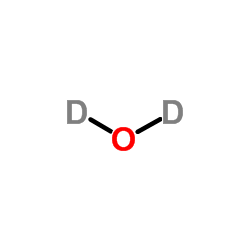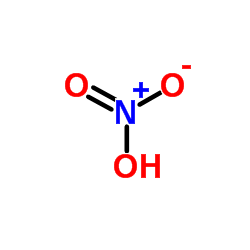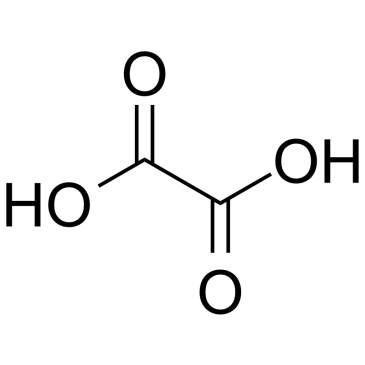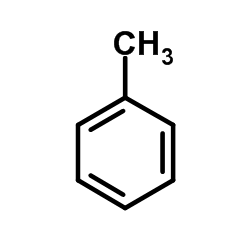| Structure | Name/CAS No. | Articles |
|---|---|---|
 |
Sulfuric acid
CAS:7664-93-9 |
|
 |
Heavy water
CAS:7789-20-0 |
|
 |
Hydrochloric acid
CAS:7647-01-0 |
|
 |
nitric acid
CAS:7697-37-2 |
|
 |
Dimethyl sulfoxide
CAS:67-68-5 |
|
 |
Oxalic acid
CAS:144-62-7 |
|
 |
Toluene
CAS:108-88-3 |
|
 |
8-Octanoyloxypyrene-1,3,6-trisulfonic acid trisodium salt
CAS:115787-84-3 |